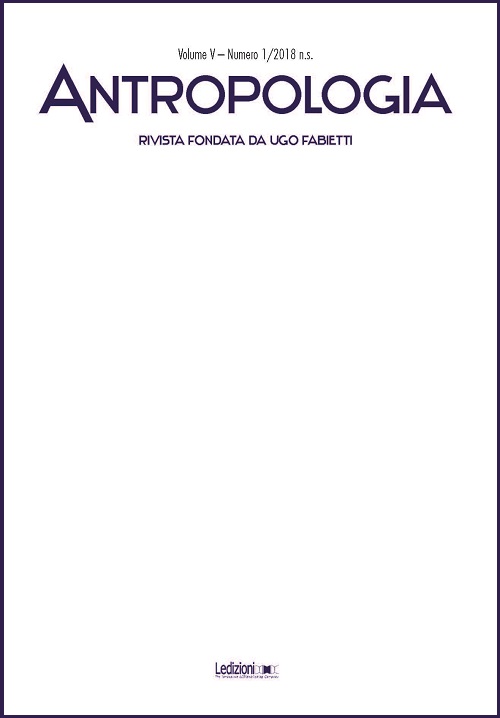“When I saw the elephants”: extraction of minerals and gendered precariousness in the Acehnese landscapes
DOI:
https://doi.org/10.14672/ada2018138997-112Parole chiave:
Indonesia, Gender, Environment, Natural resourcesAbstract
In the wake of the 2004 tsunami and the peace agreement in 2005, people of West Aceh, Indonesia, returned to normal life after decades of warfare and violence. Female-centred agriculture resumed and the all-male clientelistic networks intensified their rash exploitation of new and established assets, such as gold and logs. In this paper, I draw on a long-term ethnography in the men’s world of artisanal gold mining and I explore matrifocal tendencies, gender relations and their entanglements with the utilization of local natural riches. In particular, I unpack a set of contradictory dynamics that characterize a cohort of young rural Acehnese men. Specifically, I analyse their Islamic piety, their disposition towards hetero-normative conjugality, their consumption-oriented behaviour and their urges to disengage. My objective is to demonstrate that stop-and-go ventures in the racialized and gendered hubs of natural wealth allow these men to fulfil their manifold needs better than agriculture. I also want to highlight that the access to “men’s natural resources” comes at a high cost emotionally, mentally, physically and professionally, which is much higher for those who are poorly connected to the political elites.##submission.downloads##
Pubblicato
2018-03-28
Fascicolo
Sezione
Special Focus
Licenza
- Gli autori mantengono i diritti sulla loro opera e cedono alla rivista il diritto di prima pubblicazione dell'opera, licenziata sotto una Licenza Creative Commons - Attribuzione che permette ad altri di condividere l'opera indicando la paternità intellettuale e la prima pubblicazione su questa rivista.
- Gli autori possono aderire ad altri accordi di licenza non esclusiva per la distribuzione della versione dell'opera pubblicata (es. depositarla in un archivio istituzionale o pubblicarla in una monografia), a patto di indicare che la prima pubblicazione è avvenuta su questa rivista.




